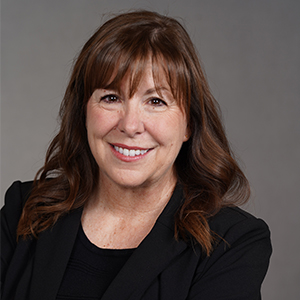During the Mortgage Bankers Association's recent Tech Solutions conference, HousingWire sat down with Tavant Technologies’ Atul Varshneya to discuss the disruption that artificial intelligence and machine learning can cause in the lending and mortgage spaces. Varshneya works at Tavant as a vice president and leads the company’s artificial intelligence / machine learning (AIML) practice, which has a strong focus on its application in the areas of mortgage and lending.
Q: Tavant held the industry’s first Artificial Intelligence and Machine Learning summit in 2017. From that event and your experience since, where is the industry in adopting this kind of technology?
A: While we see the interest in applying ML to business problems is rising steadily, we believe that most companies in the mortgage ecosystem are still experimenting with ML and have not rolled it out widely. The largest players who build most of their technology in house are probably the furthest along.
Q: How do you think AI will bring a disruptive change in lending methods and procedures?
A: Some processes are already data-driven but use simpler linear statistical techniques, such as investors’ mortgage credit risk models. Using deep learning methods here can significantly improve the accuracy of predictions of loan and mortgage insurance performance (defaults, prepayments, etc.). The availability of large amounts of data to train the ML models is gradually becoming less and less of a stumbling block. These methods can be used both to price riskier loans more appropriately as well as provide mortgages to borrowers who would otherwise have been turned away by overly conservative risk models.
Other business processes have typically been driven by hand-written rules, such as mortgage servicing portfolio retention. Here, the use of ML models can make an even bigger difference by learning from actual outcomes automatically (e.g., who actually paid off their loan and who accepted a retention offer) and do so with greater precision than human intuition.
Finally, some business processes today are often not data-driven at all in many companies, such as the process of converting leads to loans. Here the use of ML can have a big impact in improving conversion ratios and reducing the costs of working on loans that don’t close.
In all of these areas, the application of ML has benefits beyond just improving decision accuracy. ML also inherently adapts to the changing business environment through continual learning as new data flows in. Furthermore, augmenting human decision-making through the use of ML brings higher consistency in such decisions and also reduces the time to make those decisions.
Q: If a mortgage lender is already making a concerted effort to transform their process into a digital one, what is the next step between that and actual AI and ML technologies? Do they have to invest in whole new systems?
A: They don’t need to invest in new systems, but they do need to ensure that their systems capture data at every stage, including the outcomes that an ML model can use for training. In many cases, lenders can deploy ML models separately and integrate them with existing systems (e.g., show the outputs to loan officers, processors, and underwriters within existing workflows). In other cases, lenders might need to redesign some systems when the goal is to use the ML models to drive automation or to optimize the user experience.






